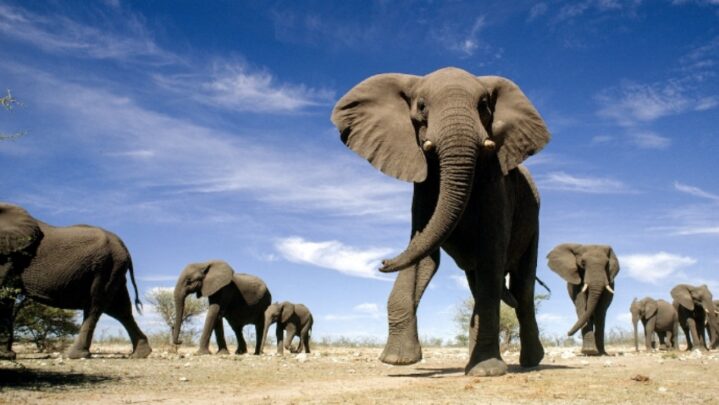Elephants are the most significant part of the ecosystem. They make pathways in densely forested places that enable passage for other animals. An elephant footprint can also help a micro-ecosystem that, when filled with water, can provide a home for tadpoles and other organisms.
Elephants are among the most intelligent of the animals with whom we share the planet, with complex consciousnesses they are worthy of strong emotions. Across Africa they have immense respect from the people that share the landscape with them, providing them a great cultural significance.
As icons of the continent elephants are tourist attractions. They play a crucial role in conserving the biodiversity of the ecosystems in which they live.
During the dry season, elephants utilize their tusks to dig water. This not only enables the elephants to survive in dry climates and when droughts hit, but also provides water for other creatures that share the same habitats.
When elephants eat, they build gaps in the vegetation. These gaps permit new plants to develop and create paths for other smaller animals to use.
Wherever they live, elephants leave their dung that is full of seeds from the several plants they eat. When this dung is deposited the seeds are sown and they grow into new grasses, bushes, and trees, improving the health of the savannah ecosystem.
And do you know? There are two species of elephant, from which one is African and other is Asian. The ears of African elephants are much bigger than their other species and are characterized as being shaped like the African continent, whereas the ears of Asian elephants are shaped like the Indian subcontinent.
There’s also a difference in their trunks, African elephants have two fingers at the top of their trunks, whereas Asian elephants have one.
Keep reading Successyeti.com





